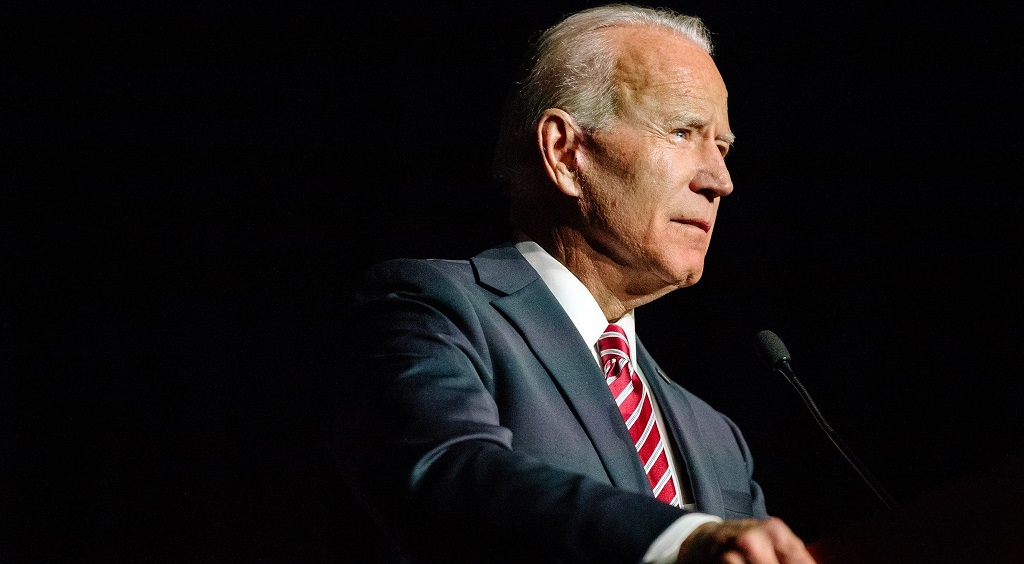Three years ago, the Trump administration sent fear throughout immigrant communities across the nation with its Public Charge rule, which functioned as a wealth test for green card applicants. This fear had been amplified by a leaked draft of the rule in 2018, which would have punished intending immigrants whose U.S. citizen children received a wide variety of benefits.
Now, with a new public charge rule finalized last week, the Biden administration has restored the public charge standard that existed for decades before President Trump. This will hopefully assuage the fears of many immigrants who had avoided accessing benefits to which they were lawfully entitled.
The Biden administration’s new public charge was first announced in February in the form of a Notice of Proposed Rulemaking. The proposal sought to restore the public charge test, which is applied to certain noncitizens seeking a green card, to the system which was used before 2019.
For over a century, a “public charge” was considered to be a person who was primarily dependent on government benefits to survive. In 1999, then-existing Immigration and Naturalization Services (INS) declared that the government benefits which a person would be penalized for were cash benefits that consisted of more than 50% of a person’s income, as well as long-term institutionalization at government expense.
Importantly, the 1999 INS policy was never formalized into a regulation. When the Trump administration took office, it realized that the term “public charge” had never been defined in regulations. It decided to use the leeway given to the executive branch to interpret the law to create a new definition of public charge that went far beyond anything ever done before.
The Trump administration’s rule, for example, declared people “likely to be a public charge” if adjudicators determined that they would use even small amounts of certain supplemental, non-cash benefits like food stamps. And because the public charge rule is forward-looking, that meant adjudicators were required to predict whether an intending immigrant might in the future, even once they became a U.S. citizen, use small amounts of benefits.
In practice, this worked out to a wealth test. New immigrants were required to submit credit scores, prove how much money they had in the bank, and expose themselves to intense financial scrutiny by the U.S. government. And because of the fear sent through immigrant communities, many people began refusing to use government services, even those which would not affect their eligibility under the public charge rule. Even during the COVID-19 pandemic, some immigrants reportedly were concerned about getting vaccines due to the Trump rule.
The Biden administration’s final rule largely reverts to the 1999 rules. And because the administration has done so in the form of a regulation, it will make it more difficult for a future administration to reverse. With the Trump’s rules now entirely dead, the shadow of fear over immigrant communities will hopefully lift in time. But to ensure that happens, the federal government and advocates will have to continue dispelling misinformation and fear left over from the Trump administration.
FILED UNDER: Biden Administration, public charge


